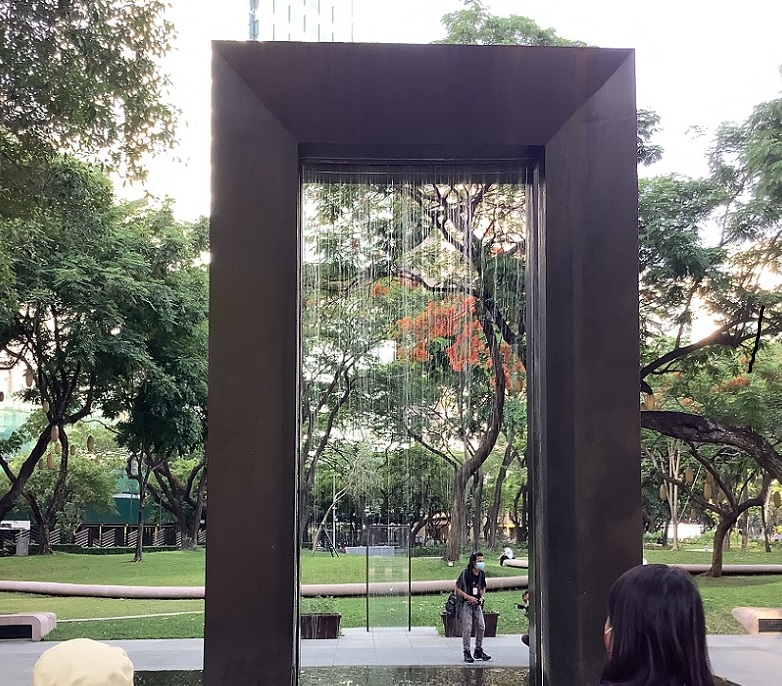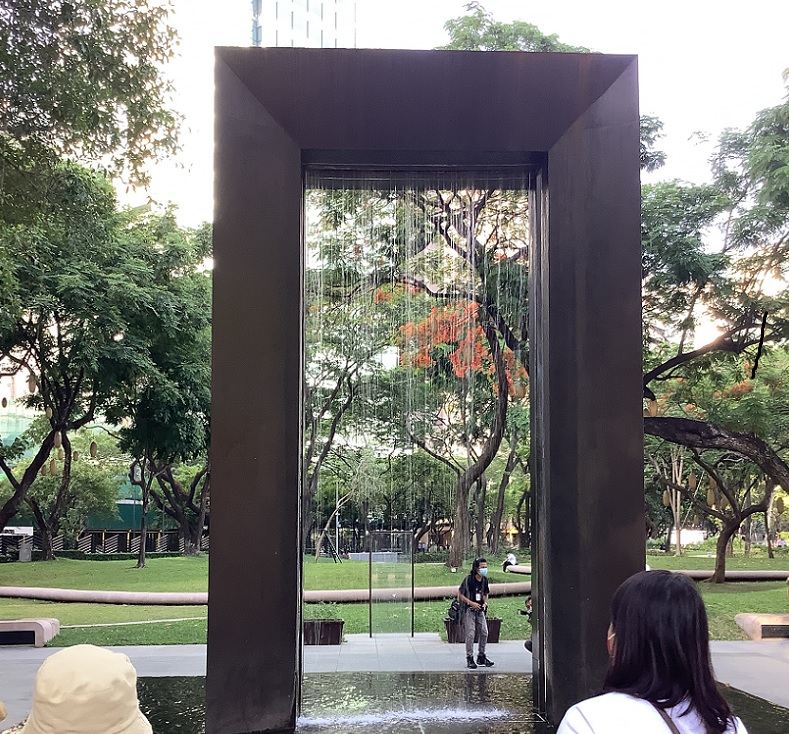
For a city, with a Central Business District (CBD) specifically, that has a daytime population fluctuating from three to four million people, Makati has plenty to boast of. It’s a rare place because after it empties outs its malls, offices and restaurants at night, the CBD is left with just 600,000 residents.
The stats came from our walking tour guide, broadcaster David Celdran, who called the city where he lived the first 23 years of his life as “where things happen.”
Last month there were banners in the middle of Ayala Ave. declaring that the avenue as “fully booked.” People mistook this for the miting de avance rally of oppositionists Leni Robredo, Kiko Pangilinan and their senatorial slate. Actually, the banners were a promotional gimmick for the new de luxe book Makati, Fifty Years and Forward, published by the Makati Central Estate Association Inc. (MACEA) and photographed generously by Wig Tysmans, Patrick Diokno and Paul Quiambao.

Makati has its secure place in history, not just for being the finance center, but for being the setting of so-called confetti rallies versus dictator Marcos and his cohorts, the coups mounted by the Reform the Armed Forces movement and what turned out to be the biggest rally during the recent presidential campaigns.
And to think as late as the ’60s the ultra-sleek buildings that now stand were just grasslands until the visionary founders established the CBD. Far from being a place where monies, stocks and such remuneration exchange hands, Celdran said the city has a “soul that makes it a dynamic and ever evolving community.”
He led us to the Ayala Triangle Tower One whose lobby is home to a mural by National Artist Ang Kiukok, a Zen-like sculpture, entitled “Into the Hereafter,” by Imelda Pilapil and a seemingly abstract horizontal-vertical wall piece extending to the mezzanine by Arturo Luz, spelling out the surname of one of the corporate founders, Zobel de Ayala.
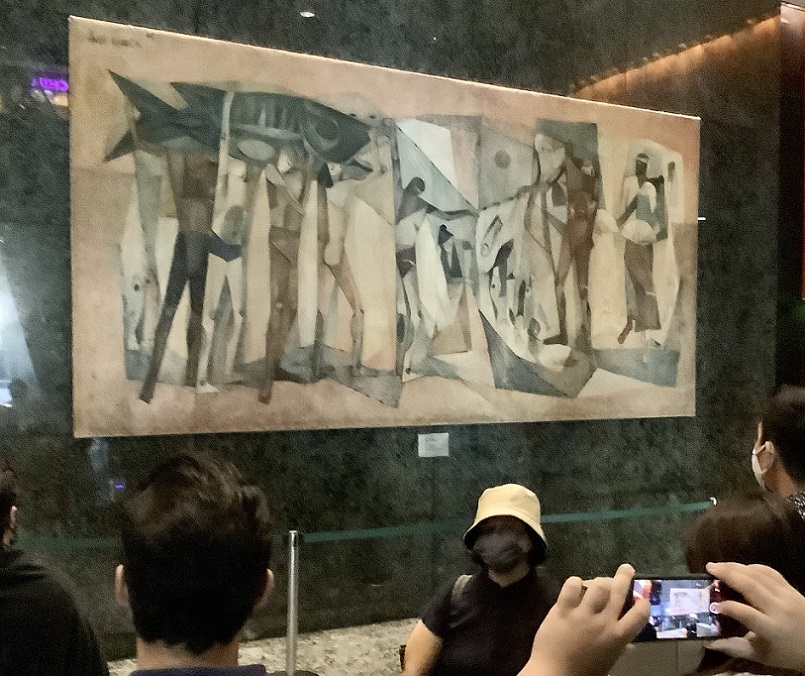
Celdran described the CBD as containing “pockets of public art that are accessible and not hidden behind steel gates.” He led us away from the Plaza Fountain in the open Triangle where a special steel memorial with flowing water, crafted and designed by Andy Locsin, commemorates other CBD figures, Col. Joseph McMicking and his wife Mercedes Zobel. On the symbolic level, the water and light mirror the halves of husband and wife.
This patch of open space and the sound of falling water offer the weary office worker or executive passing through respite from a workaday world. The McMicking Memorial was put up in 2018. Celdran quipped, “If it looks weathered and beaten, that is the point.”
He assured that the restaurants that used to be along a side of Ugarte Field will eventually reopen after the pandemic shuttered them. He also pointed to the bike racks near one entrance to the field that were donated by the government of The Netherlands in hopes that Makati and other cities will be hospitable to cyclists to lessen carbon emissions and decongest traffic.

Inside the hired The Luxe Bus, media viewed from their windows the luxury hotels of Makati crammed in a small space, the new exterior of Ayala Museum which has enjoyed a fresh coat of paint and which houses a gold collection dating back to the 10th century, proof of how sophisticated pre-Hispanic culture was.
Celdran noted that luxury stores are increasing as shoppers venture out for “revenge shopping.” One such store is Louis Vuitton which has daily queues outside.
The CBD has “peaceful but underrated parks,” said Celdran. He likened the Washington Sycip Park, named after a founder of the largest professional services firm SGV & Co., to a park in Tokyo in its Japanese sensibility that makes use of a lot of bamboo. In the park one sees a section of society: executives, residents and even homeless people.
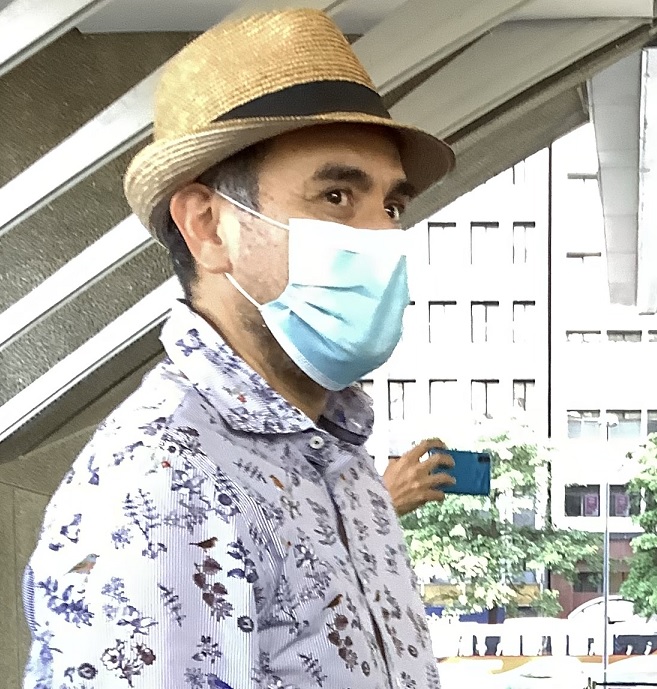
What Celdran called the “hidden treasures” of Legazpi Village are its cafes which have an international flavor. The advantage in this location is “the food traffic is not as thick as in nearby malls.” He lauded the gentrification of Legazpi Village where what used to be space for banks and similar businesses have been taken over on the ground level by retail restaurants. “Al fresco dining makes the streets alive. The streets are returned back to the people,” he added.
Celdran called it “an exciting renaissance in Legazpi Village” which has become “a more livable community compared to the ’70s and ’80s when this was strictly a business district.”
Another calming spot is Jaime Velasquez Park, named after a former director of Ayala Corp. There residents walk their dogs, push babies’ prams, enjoy the open field for exercising. On Saturdays, the park turns into a farmers’ market where home bakers, cooks and similar small players have a chance to do business with friendly prices.
As The Luxe Bus wended the smaller streets, Celdran pointed out the Jolly Jeeps where the best banana cue and lumpia can be bought and enjoyed. During the lockdown, these jeeps were closed, and the CBD was a virtual ghost town. Would that those days are over.
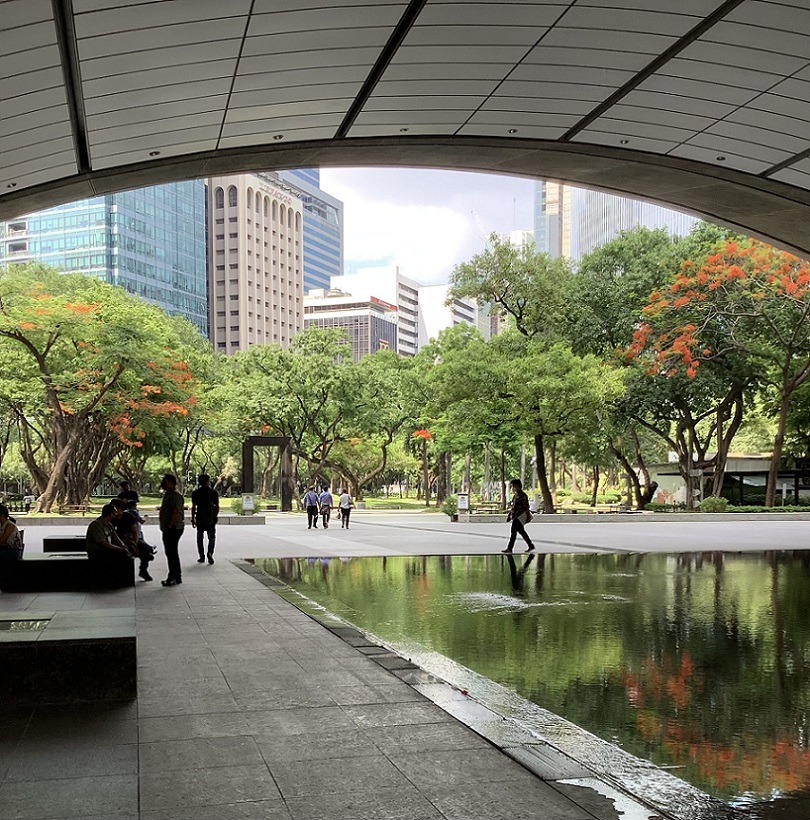
Reserve a copy of Fifty Years and Forward. Call the MACEA office at +63917-826-4561 or send an email at fiftyyearsandforward@gmail.com.
